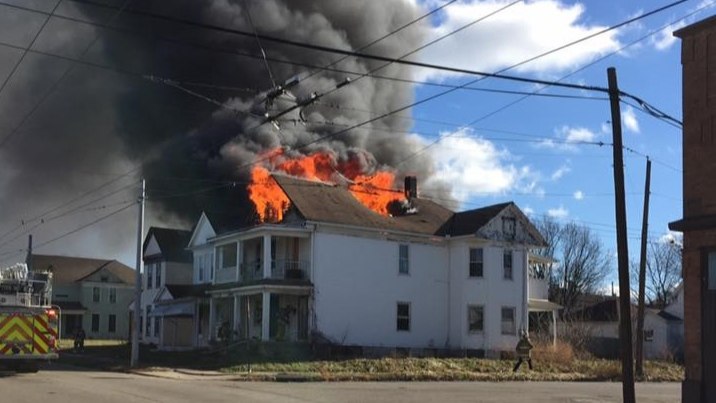How To Ensure The Scene Remains Safe
Published .
Who needs to be safe?

The first priority for safety is the ambulance crew. If the scene suddenly becomes unsafe, nobody should expect the medics to still be on scene. Even if the medics have made contact with the patient, the medics have every right to leave when the situation becomes unsafe. The second priority is to protect the safety of the patient. The third priority is to ensure the safety of other responders.
One way to increase the safety of the ambulance crew and other responders is to ensure there are adequate personal protection equipment (PPE) for the call. The easiest way to ensure there is an adequate supply for every call is to hide some PPE in equipment like jump bags and oxygen caddies.
If only the patient is in some sort of danger (but not the medics), the medics should protect patient from further harm. An example might be an abusive family member. EMS can request the police department to ensure safety and possibly resolve the dispute between the patient and family member. Keeping the patient informed of what the medics are doing can help keep the patient from doing something that could ruin the entire call. An example might be the patient needs to be explained not to grab on anything as the medics are bringing the patient down a flight of stairs in a stair chair. One wrong move and the patient and ambulance crew go tumbling down the stairs.

When on the scene of a motor vehicle accident, it is imperative that the flow of traffic be diverted. Allowing vehicles to drive through an accident scene is an accident waiting to happen. If traffic wasn’t under control before the medics stepped out of their ambulance, they should have never even opened the door. The traffic should remain under control throughout the duration of the call. Traffic can be controlled by the fire or police department.
Making a good choice as to where to park the ambulance is key to safety as well. Ambulances are just visitors to accident scenes, not the main agency to respond (remember, if nobody was hurt, there shouldn’t even be any ambulances dispatched to the scene). Ambulances should always park downstream of an accident. This means in front of the accident (from the viewpoint of the traffic). When the ambulance is able to use the accident as a barrier between traffic and the medics, the medics have parked in the best spot possible. Another parking consideration is hazardous materials incidents. Generally speaking, the fire department has a place in mind for ambulances to park on such incidents, but what if it was up to the medics? The medics would park uphill and upwind (this means the medics are looking down at the accident with the wind blowing at their back).

The best example of a scene assessment is the fire department. When firefighters arrive on a scene, somebody walks around the scene looking for hazards, patients, or something else they need to know about. If the ambulance happens to be the first responder to arrive, the medics should do a 360 degree assessment so they can look for downed power lines, leaking fuels, smoke, or fire, broken glass or patient entrapment. The most important detail for the medics to appreciate from a 360 degree assessment is the mechanism of injury. Serious mechanisms of injury can be very subtle and require a trained eye to see.
When it’s time to leave, EMS should ensure that they have left no contaminate objects behind and advise the incident commander that they are leaving. Ensuring the incident commander knows the medics are gone will prevent the officer from trying to maintain accountability of all the rescuers on scene. The incident commander is usually a fire officer, but could be a police officer. It is important for medics to understand that just because the patients are gone, that may not mean the call is over for everyone.
